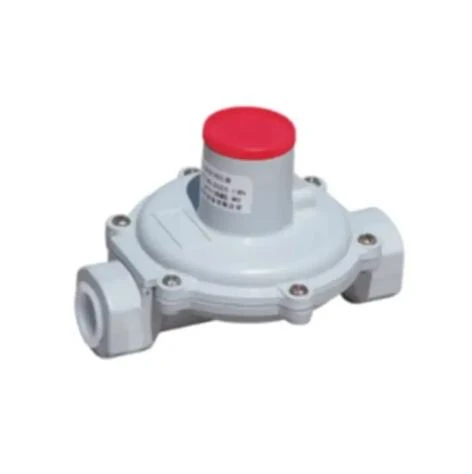
10 月 . 11, 2024 19:47
Back to list
Understanding the Function and Importance of Shut-Off Valves in Fluid Control Systems
Understanding Shut-off Valves Essential Components for Fluid Control
Shut-off valves are critical components in various industrial and domestic applications. They serve the essential function of controlling the flow of fluids in pipelines, tanks, and other systems. These valves can be found in water supply systems, HVAC systems, oil and gas production, chemical processing, and many other sectors. In this article, we will dive into the various types, applications, and importance of shut-off valves in ensuring safe and efficient operations.
What is a Shut-off Valve?
A shut-off valve is designed to either allow or completely prevent the flow of a fluid. This can include liquids, gases, or slurries. The primary purpose of a shut-off valve is to isolate a portion of a piping system, enabling maintenance or emergency procedures without requiring a complete system shutdown. Shut-off valves can be manually operated or automated, providing flexibility depending on the specific needs of the system.
Types of Shut-off Valves
There are several types of shut-off valves, each serving specific use cases and applications
1. Gate Valves These valves are commonly used for on/off services. They are designed with a wedge-shaped gate that moves up and down to control flow. When fully opened, gate valves offer minimal resistance to flow, making them ideal for systems requiring full flow when operational.
2. Ball Valves Featuring a spherical disc with a hole in the middle, ball valves provide a reliable shut-off mechanism. They are known for their durability and ability to provide tight sealing. Ball valves are often used in applications where quick shut-off and reliable sealing are critical.
3. Globe Valves Although primarily used for flow regulation rather than complete shut-off, globe valves can effectively control fluid flow and provide some shut-off capabilities. Their design allows for better throttling capabilities compared to gate valves.
4. Butterfly Valves These valves use a rotating disc to manage fluid flow. They are lightweight and can be operated quickly, making them suitable for large-diameter pipelines where space is a constraint. Butterfly valves can be used as shut-off valves but may require a tight seal depending on the application.
shut-off valve

5. Check Valves While not a shut-off valve in the traditional sense, check valves prevent backflow in piping systems. They allow fluid to flow in one direction only, which can be crucial for preventing contamination or maintaining pressure in systems that are designed for one-way flow.
Applications of Shut-off Valves
Shut-off valves are vital in many industries
- Water Supply Systems They are commonly used to isolate sections of plumbing for repairs without disrupting service to an entire building or area.
- Oil and Gas Industry Shut-off valves are essential for safe operation in pipelines and processing plants, helping to prevent leaks and manage flow.
- Chemical Processing In chemical plants, shut-off valves are critical for controlling the flow of potentially hazardous substances, ensuring safe handling and operation.
- HVAC Systems Shut-off valves can isolate different areas of a heating or cooling system, improving maintenance procedures and energy efficiency.
Importance of Shut-off Valves
The importance of shut-off valves cannot be overstated. They enhance safety by enabling the immediate cessation of flow in emergency situations, thereby preventing accidents and minimizing potential damage. Their role in maintenance is equally significant, allowing technicians to work on specific sections of a system without shutting down the entire operation.
In summary, shut-off valves are indispensable components across various sectors, offering control, safety, and efficiency. Understanding the different types of shut-off valves and their applications can help users select the appropriate valve for their specific needs, ultimately leading to improved system performance and reliability. Whether in homes, factories, or commercial buildings, shut-off valves play a crucial role in our daily lives, ensuring the safe and efficient handling of fluids.
Latest news
-
Unlocking The Quality Gas Pressure ReducersNewsNov.01,2024
-
The Role of Gas Pressure Reducing StationsNewsNov.01,2024
-
The Importance and Functionality of Safety Relief ValvesNewsNov.01,2024
-
The Essential Role of Safety Valves in Natural Gas ApplicationsNewsNov.01,2024
-
The Essential Role of Gas Pressure RegulatorsNewsNov.01,2024
-
Enhance Your Premium Gas FiltersNewsNov.01,2024

